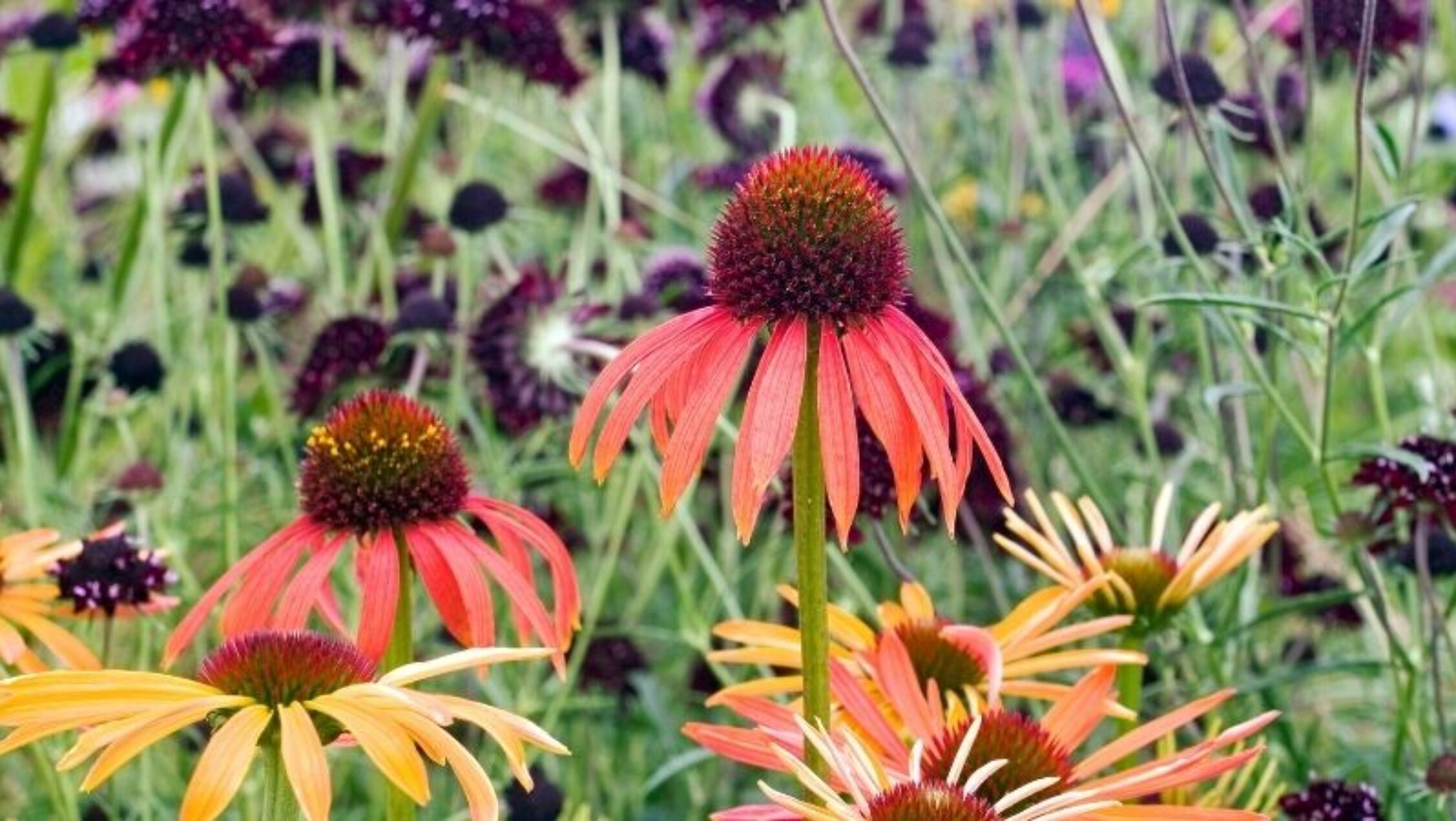With the right considerations, plants can be planted out of season in the warm summer months.
We all know the drill: plant perennials and spring bulbs in autumn, hedges and trees in winter and summer bulbs, annuals and later flowering perennials in spring. These horticultural commandments have been the basis of our planting calendar since we lifted our first trowel. Summer is a season we daren’t plant in – we fear the endless heat and sunshine will wither our precious plantlings…but is this really the case?
A few things are unnegotiable. Trees and shrubs that are field grown should only be lifted when dormant and not in active growth. For deciduous species, this means when their leaves have fallen. Lifted plants with a decent sized root ball are subsequently protected from the wind and extreme temperatures, so can be planted right up until May and beyond.
Container grown stock means that we can continue to plant trees, shrubs and perennials at any time of the year, we just need to prepare the soil and establish plants correctly.
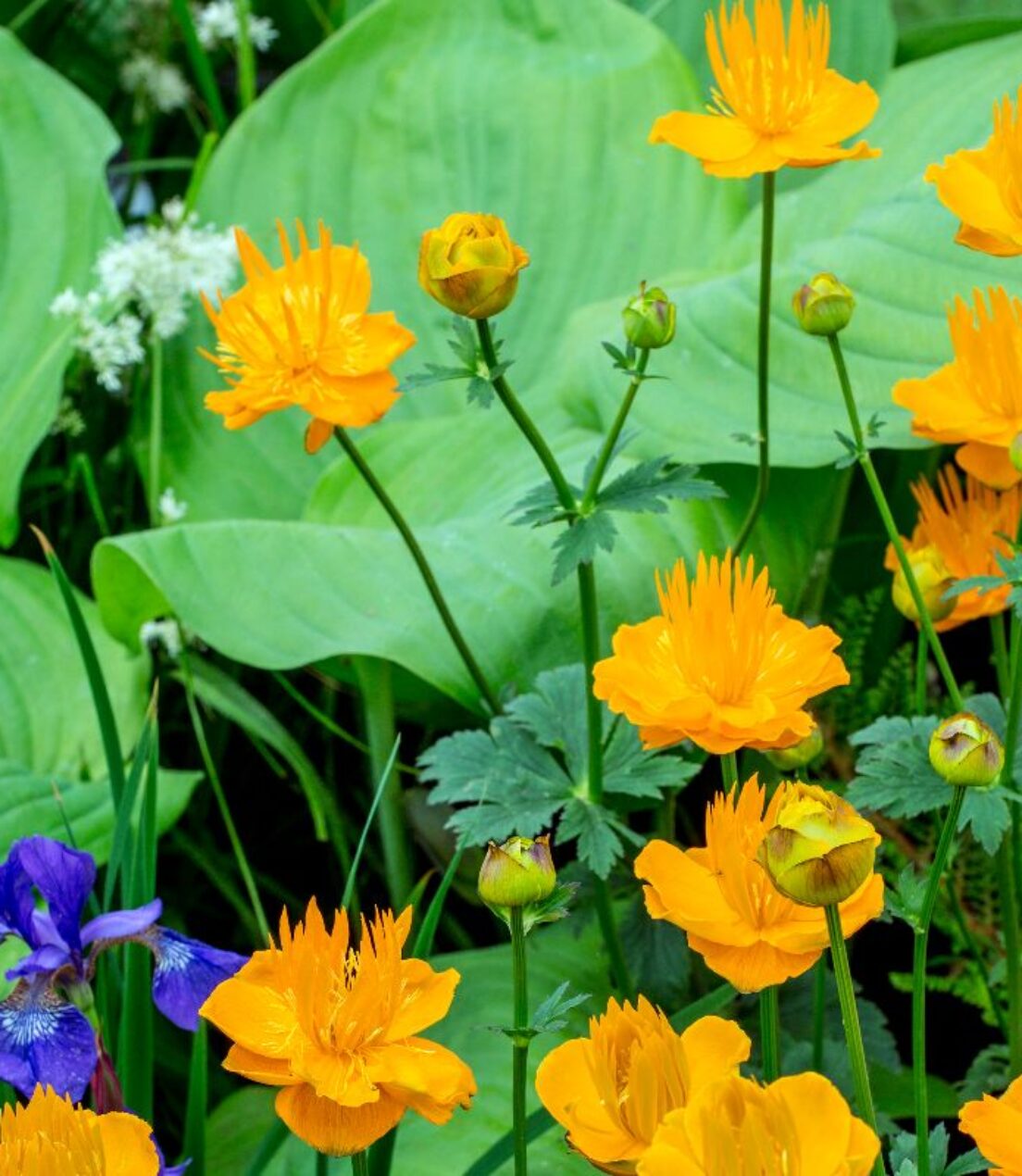
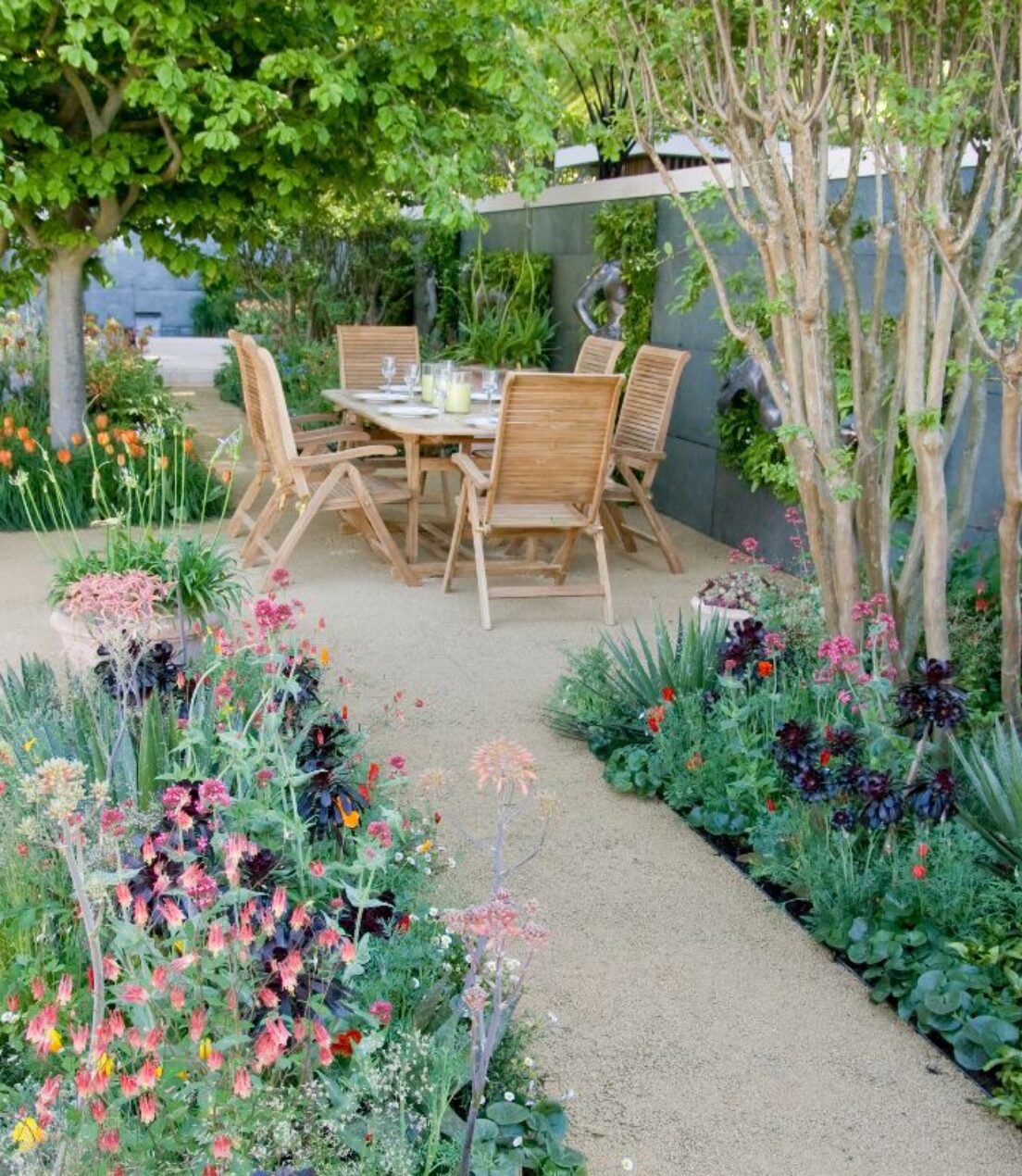
Planting conditions and aftercare are so much more impactful than planting timings, so what can you do to assist the establishment of soft landscaping planted over the summer months?
Before you consider planting at any time of the year, it is important to remember that even the most pampered plant, if planted in the wrong location, will never thrive.
Once you have selected the correct plant, the condition of the soil will be the factor that has the most impact on your success. The main issues with soil are poor drainage or poor water holding capacity (which can also lead to poor nutrient availability).
The solution for most soil problems is organic matter – and a lot of it. Organic matter will hold water and nutrients in sandy, free draining soils, while it allows water to percolate through heavy clay soils.
Before planting, make sure that sufficient organic matter has been applied to the entire bed and that cultivation has been deep enough to fully incorporate it into the soil.
During planting, fill your planting holes with water before placing plants within them. This ensures there is a ready supply of moisture at the roots. Water and firm every plant in thoroughly, to encourage the soil to settle closely against the roots. Finally, mulch with a minimum of 10cm of well-rotted organic matter to seal the moisture in, taking care to avoid mulching right up to the stem or crown of the plant.
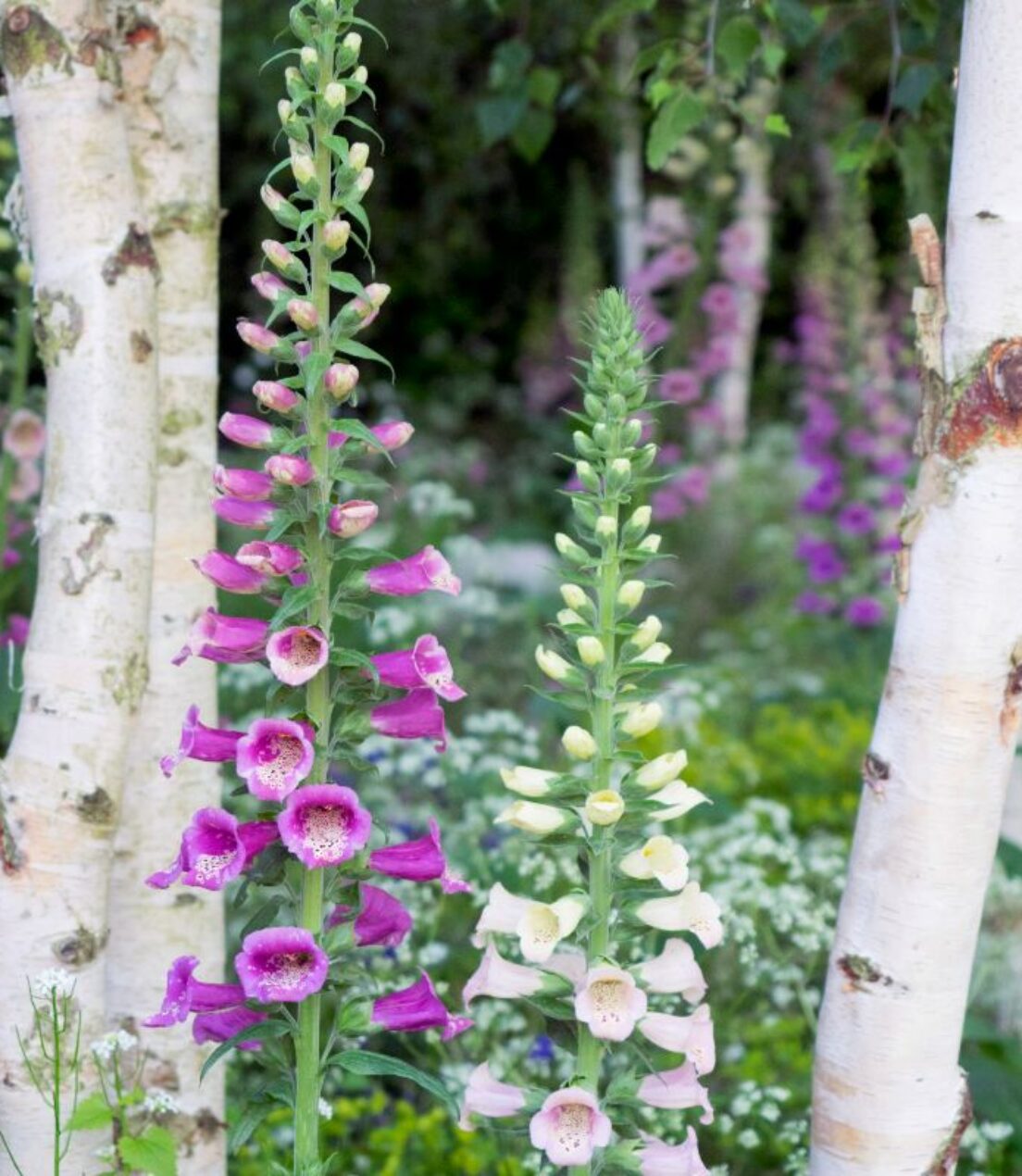
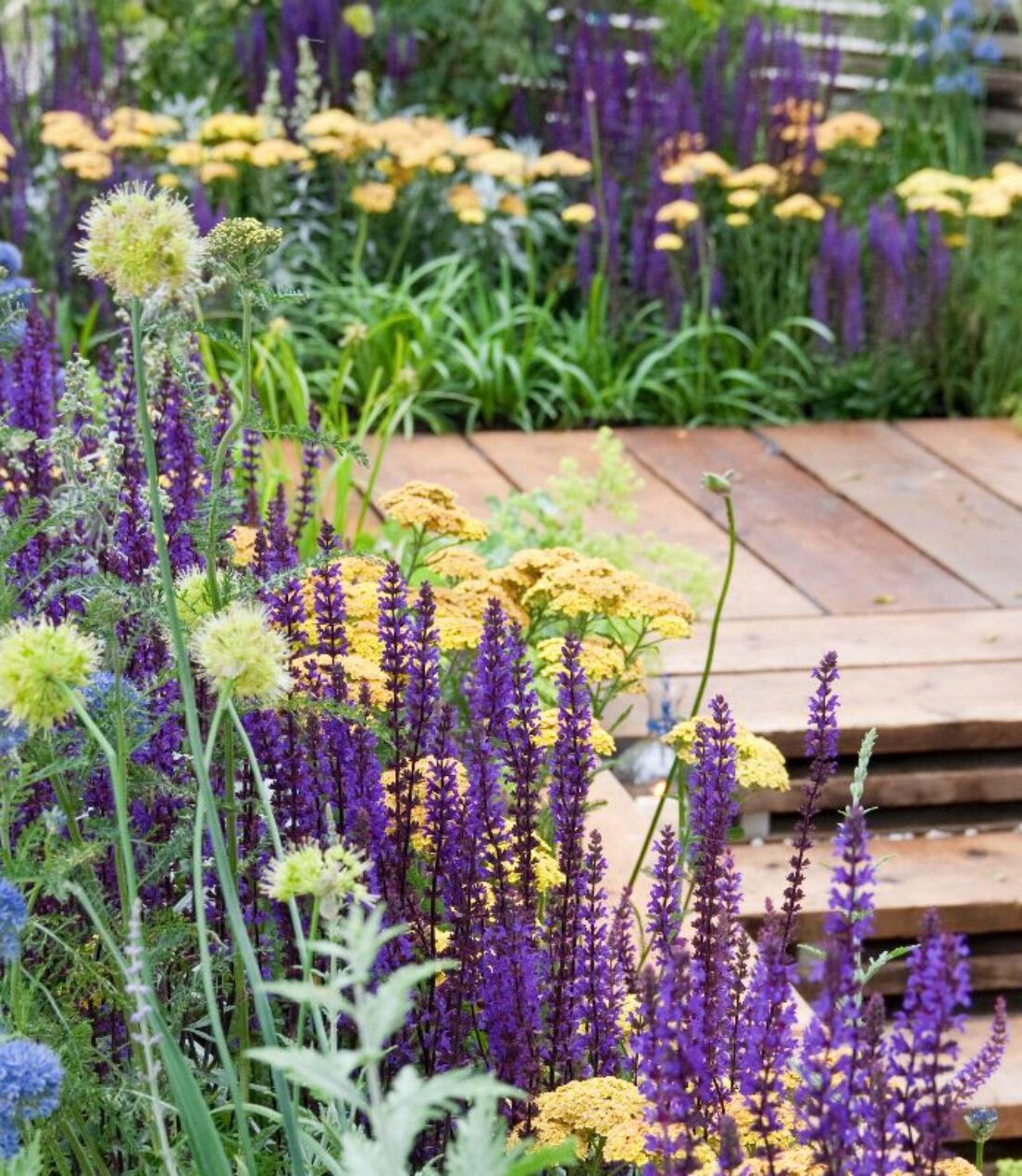
After planting, water regularly. It is most effective to water slowly at the base of a plant less often, to encourage the plant’s roots to extend and establish deeper into the soil. The aim should be to water between 1-2 times a week during the summer months. An average-sized tree will need 90-100 litres of water a week during the first 3-5 years of its life – that’s 10 watering cans per tree! By watering in this way, you will create a well-established plant that can survive most heatwaves.
For more information on how and when to water new plants, request a copy of our watering guide.
Given this degree of care, and assuming you have positioned plants to suit their preferred light levels and given them sufficient space to grow, there is no reason why summer planting can’t be as successful as planting carried out in spring or autumn.
